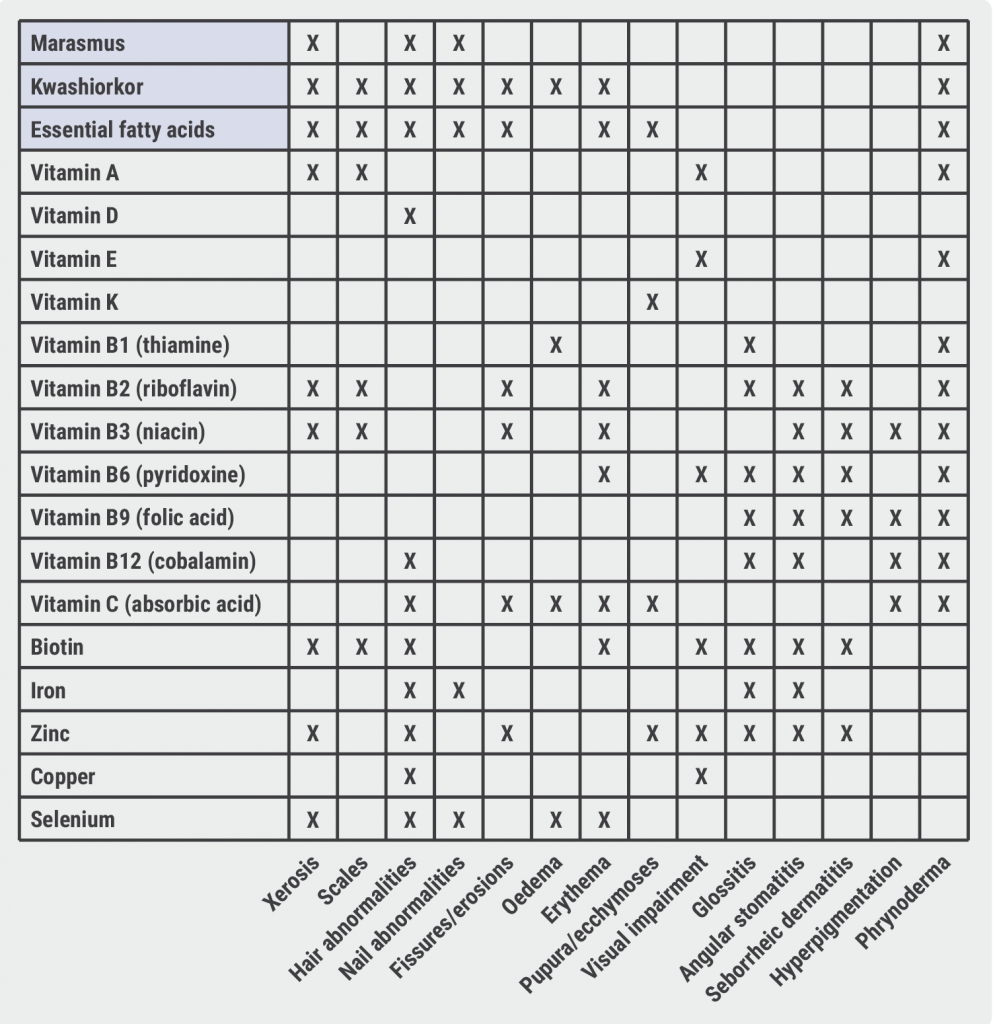https://doi.org/10.55788/5f5a6df2
“The skin is the most important barrier of the body,” Dr Niehues began her talk [1]. It prevents dehydration and protects against the penetration of microbes, allergens, and chemicals. According to Dr Niehues, the stratum granulosum has an important role in the protection against harmful infiltrators. “The keratinocytes that are present in this layer of the skin produce anti-microbial proteins.”
The inflammatory skin diseases psoriasis and atopic dermatitis display the importance of these proteins since the barrier function of the skin is affected in patients with these conditions. Interestingly, psoriasis is characterised by sterile lesions, whereas bacterial infections of the skin are common in eczema. According to Dr Niehues, a strong correlation exists between the presence of anti-microbial proteins in the skin, which is lowered in patients with eczema and elevated in patients with psoriasis, and the type of lesions that are typical for these 2 conditions.
Next, Dr Niehues zoomed in on specific anti-microbial proteins and the insights gained in recent years into their protective role. A study published in 2017 showed that deletion of LCE 3B/C genes, belonging to the LCE gene family, located on chromosome 1 of the epidermal differentiation complex, is associated with psoriasis. It has also been discovered that LCE proteins, and LCE 3 proteins in particular, are strongly anti-microbial. Furthermore, participants with LCE 3B/C deletion had significantly higher concentrations of LCE 3A in the skin, illustrating the interindividual variability of the presence of these proteins in the skin [2].
Another study analysed the impact of these LCE proteins on several bacteria by observing the process with a transmission electron microscope and showed that LCE proteins attack the cell membrane of the bacteria, resulting in the disintegration of the bacteria in several minutes. This effect was confirmed in an ex vivo experiment, demonstrating that LCE proteins affect the composition of the microbiome of the skin. Bacterial growth was strongly reduced due to the activity of LCE proteins.
Furthermore, it was demonstrated that the microbiome of the skin and mouth but not that of the gut were drastically changed in patients with LCE 3B/C deletion, harbouring a higher number and a greater diversity of bacteria [3]. Finally, the cysteine-rich tail (CYSRT1) protein, which also has an anti-microbial, showed interaction with all LCE proteins, and LCE proteins interacted with one another, indicating that a complex network of anti-microbial proteins regulates the barrier function of the skin [4].
Thus, Dr Niehues showed the importance and complexity of anti-microbial proteins in the skin and their protective role against harmful agents and organisms.
- Niehues H. What’s new NVED 1: Late cornified envelope genen, microbiota en psoriasis. Blok 6 Afsluitend Blok, DDD 2023, 9–10 March, Ermelo, the Netherlands.
- Niehues H, et al. J Invest Dermatol. 2017;137(11):2380–2388.
- Niehues H, et al. J Invest Dermatol. 2022;142(7):1947–1955.e6.
- Niehues H, et al. J Invest Dermato. 2023. DOI:10.1016/j.jid.2023.01.022i
Posted on
Previous Article
« Scabies: Therapy failure and tips for the clinic Next Article
When to screen for anal intraepithelial neoplasia? »
« Scabies: Therapy failure and tips for the clinic Next Article
When to screen for anal intraepithelial neoplasia? »
Table of Contents: DDD 2023
Featured articles
Dermato-Oncology
The role of surgeons in stage I–II melanoma
Melanoma: Surveillance and follow-up
When to screen for anal intraepithelial neoplasia?
JAK Inhibitors
Eligibility and selection of JAK inhibitors for constitutional eczema
Nutrition and the Skin
Obesity and the skin: state of affairs
What's New?
The importance of anti-microbial proteins in the skin
OCT non-inferior to biopsy in basal cell carcinoma
Infections
Scabies: Therapy failure and tips for the clinic
Related Articles

March 27, 2023
DDD 2023 Highlights Podcast

May 10, 2023
Skin diseases and nutrition
May 10, 2023
When to screen for anal intraepithelial neoplasia?
© 2024 Medicom Medical Publishers. All rights reserved. Terms and Conditions | Privacy Policy
HEAD OFFICE
Laarderhoogtweg 25
1101 EB Amsterdam
The Netherlands
T: +31 85 4012 560
E: publishers@medicom-publishers.com

